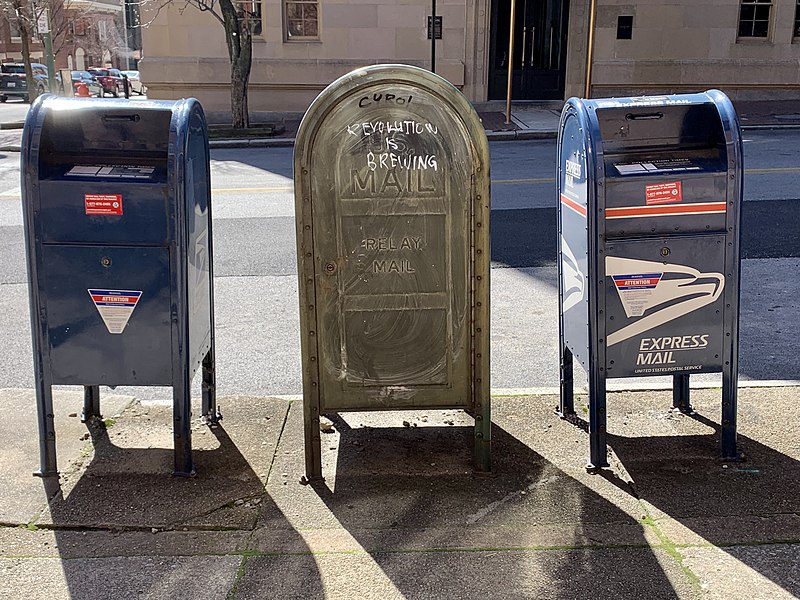
Starting Sunday, the price of a first-class U.S. mail stamp will rise from 68 cents to 73 cents, continuing a trend of regular price hikes. This change, announced in April and approved by the
Postal Regulatory Commission in late May, will increase overall mailing service product prices by 7.8%. Forever first-class stamps, which can be used indefinitely regardless of future price increases, will also be affected by this change.
The U.S. Postal Service (USPS) reported a $6.5 billion net loss for the fiscal year ending in November, with first-class mail volume dropping to its lowest level since 1968. Since 2019, when the price was 50 cents, stamp prices have risen by 46%.
USPS has been raising stamp prices in response to substantial financial losses, totaling over $100 billion since 2007. The organization is currently undergoing a 10-year restructuring plan, initiated in 2021, aimed at reducing $160 billion in projected losses over the next decade.
As the world’s largest delivery operation, USPS handles 123 billion pieces of mail and packages annually, accounting for 44% of global mail. The agency anticipates its new pricing policy will generate $44 billion in additional revenue by 2031.
First-class mail volume decreased by 6.1% in the 12 months ending September 30, 2023, falling to 46 billion pieces, a 53% decline since 2006 and the lowest volume since 1968. Despite this decline, first-class mail remains the highest revenue-generating mail class, bringing in $24.5 billion or 31% of USPS’s 2023 revenue.
In April 2022, President Joe Biden signed legislation providing USPS with approximately $50 billion in financial relief over a decade. Additionally, in May, Postmaster General Louis DeJoy agreed to pause further consolidation of the Postal Service's processing network until at least January, following concerns raised by a bipartisan group of senators about the impact on mail deliveries. Photo by Elliott R. Plack, Wikimedia commons.











































